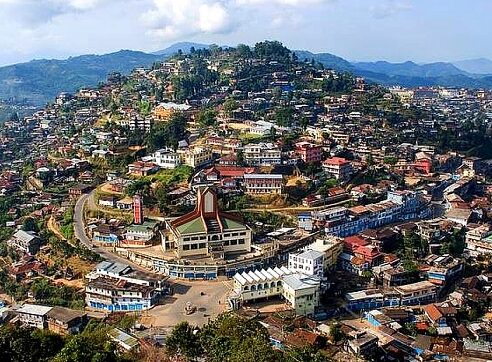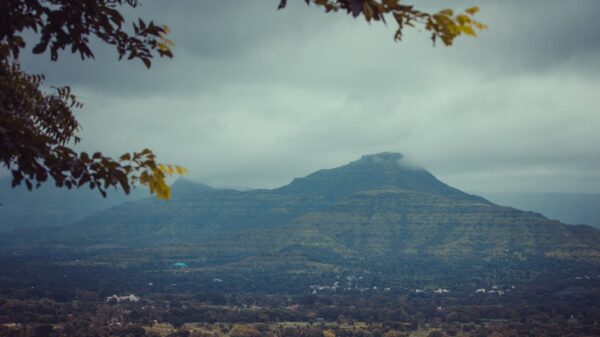Kohima is the capital city of Nagaland, a place rich in natural beauty and cultural variety, and it is located in northeastern India. Explore Kohima’s distinct beauty, from its historical importance to the lively local culture, by following this travel blog.
Historical Tapestry
The Kohima War Cemetery tells the narrative of a dark but important chapter in Kohima’s history. This cemetery honors the troops who lost their lives fighting for freedom during the Battle of Kohima in World War II and serves as a moving remembrance of their sacrifices. The rows of immaculate graves honor the Japanese and Allied troops and provide a calm space for introspection.
Kohima State Museum
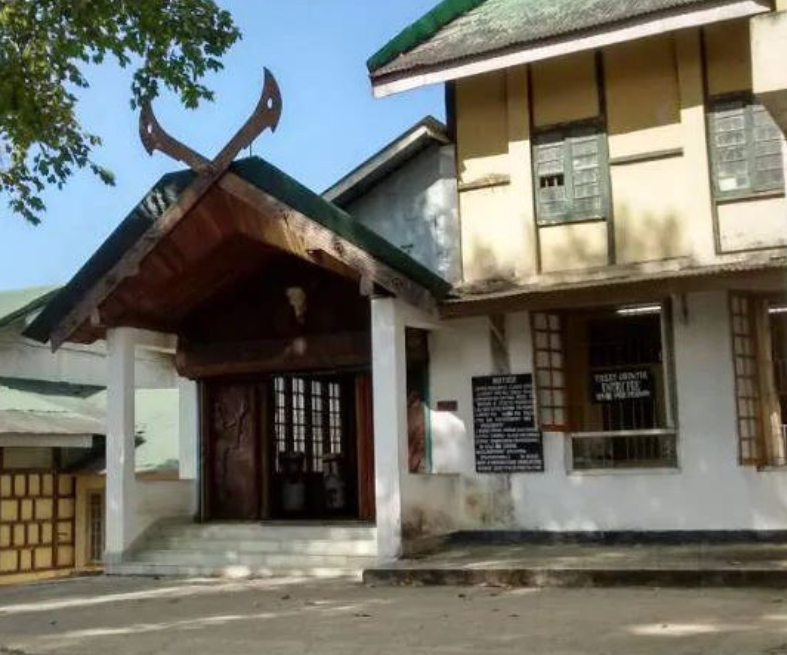
The Kohima State Museum provides an engaging experience for anyone keen to explore Nagaland’s rich cultural legacy. The museum displays a wide variety of artifacts, from antique weapons to traditional Naga clothing. The displays help visitors understand the subtleties of the native Naga tribes by offering an insight into their everyday lives and traditions.
Kisama Heritage Village
The Hornbill Festival is held in Kisama Heritage Village, which is just a short drive from Kohima. The many Naga tribes come together for this yearly spectacular, which features a vibrant exhibition of traditional dances, folk music, and native sports. In addition to commemorating the Naga people’s togetherness, the festival allows guests to see the colorful tapestry of Nagaland’s cultural mosaic.
Dzukou Valley Trek

The beautiful scenery of Dzukou Valley is a haven for nature lovers and hikers alike. The valley, which is well-known for its vivid flowers and rich vegetation, transforms into a dreamlike sanctuary in the spring. The Dzukou Valley trip offers an immersive experience in the heart of Nagaland’s natural nature, with its expansive vistas of undulating hills and flowing streams.
Khonoma Green Village
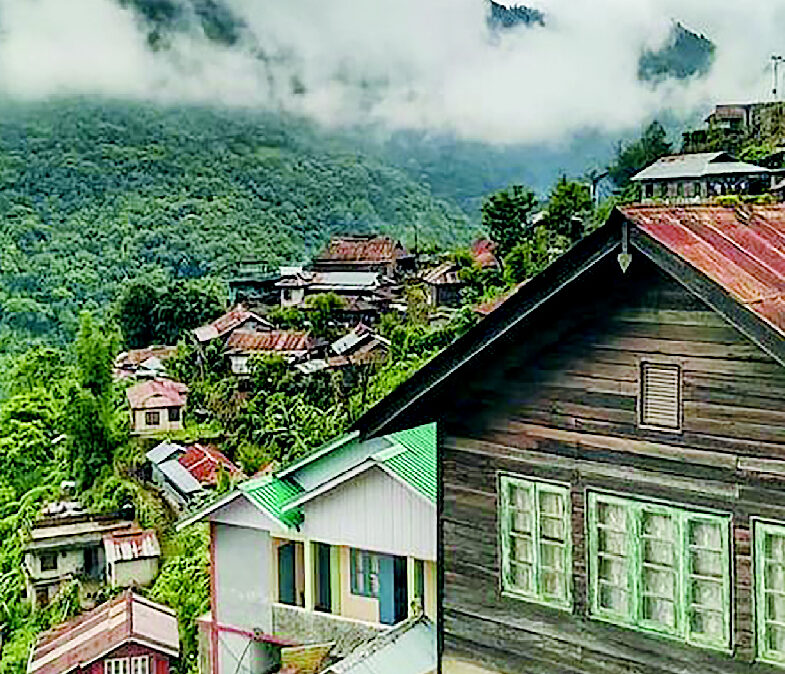
Khonoma Green Village’s dedication to sustainable living is made clear during a visit. This environmentally conscious town, nestled in the hills, demonstrates traditional Naga architecture and farming methods. Because the locals take great care in protecting their natural surroundings, it’s the perfect place for environmentally concerned tourists looking for a genuine experience.
Angami Heritage Village
The Angami Heritage Village provides a window into the Angami Naga tribe’s customs. The dwellings with thatched roofs and elaborate wood carvings scattered throughout the terrain are a testament to the tribe’s mastery of architecture. The village offers an immersive experience that lets guests see traditional practices, fine workmanship, and Angami people’s everyday lives.
Catholic Cathedral
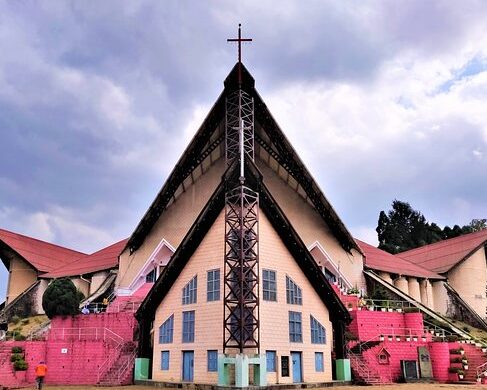
The Kohima skyline is dominated by the tall spires of the Catholic Cathedral. During the post-war period, builders skillfully combined Naga and Western design features to construct the cathedral. The location holds architectural and spiritual significance with intricate stained glass windows and a serene atmosphere.
Conclusion
In summary, Kohima emerges as a place where culture, history, and environment all coexist together. Kohima’s every facet weaves into Nagaland’s rich tapestry, blending War Cemetery’s solemnity with Hornbill Festival’s exuberance. Explore Kohima’s timeless charm and immerse yourself in the tenacity and cultural legacy of the Naga people.

